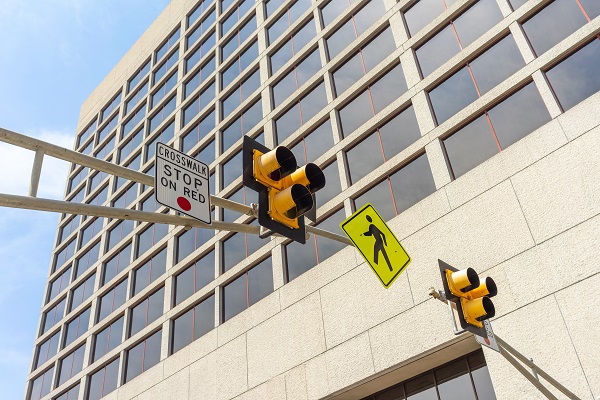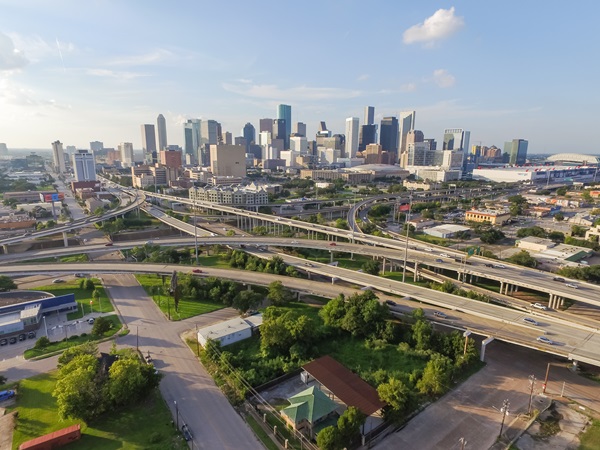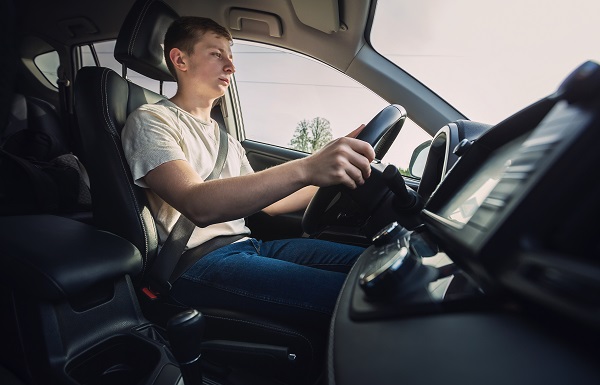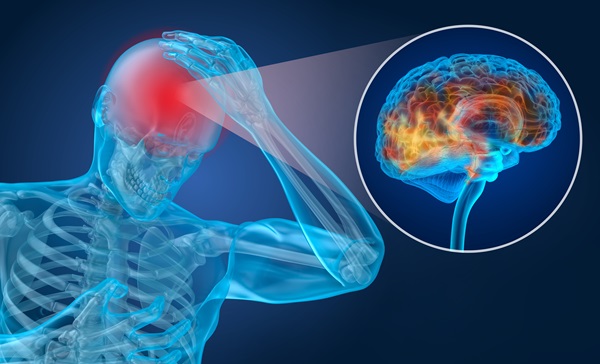TxDOT Launches New Campaign to Address Rising Pedestrian Deaths in Houston

A recent surge in fatal pedestrian accidents across Texas has urged state transportation officials to take action. The Texas Department of Transportation (TxDOT) recently launched its “Be Safe. Drive Smart” campaign. The campaign’s message is simple: drivers should slow down and watch for pedestrians.
Pedestrian fatalities in Texas increased by 22% over the last five years. The Houston area alone saw nearly 1,700 pedestrian-involved crashes in 2023, with 202 resulting in death.
Despite October being regarded as National Pedestrian Safety Month, about 80 pedestrian deaths occurred statewide during that month.
What does the “Be Safe. Drive Smart” campaign promote?
As fall and winter months bring darker mornings and evenings, drivers need to remain alert to potential hazards.
Research shows that traffic accidents spike in the days following the daylight saving time transition. Safety advocates argue that permanent standard time could help reduce this risk during the fall and winter.
Lower light conditions make it harder to spot pedestrians, which increases the chances of preventable collisions. According to the National Safety Council, night driving limits visibility to 250 feet for regular headlights and 500 feet with high beams on.
How does the Lisa Torry Smith Act influence pedestrian safety?
The tragic 2017 death of Lisa Torry Smith, who was struck while walking her son to school, serves as a reminder of pedestrian risks. The Lisa Torry Smith Act, passed in 2021, requires Texas drivers to yield to pedestrians and bicyclists in crosswalks.
This law seeks to protect those on foot and establishes accountability for drivers. In one recent case, a Richmond man faced criminal negligence charges under this act for a fatal pedestrian incident. Yet, reported use of the law remains limited.
How does language impact road safety?
Elaine Brooks, Lisa Torry Smith’s mother, believes the term “accident” downplays the severity of pedestrian injuries. “We have to stop calling these accidents; they’re casualties. By the law, they died as a result of a crime. And a crime is not an accident,” said Brooks.
Brooks’ stance pushes for a shift in perception: when a driver’s actions cause death or serious harm, it’s more than an unfortunate mishap; it’s a preventable loss that Texas’s laws are designed to address.
What can drivers and pedestrians do to stay safe on Texas roads?
Drivers can help reduce pedestrian accidents by:
- Slowing down in low-light conditions, especially in residential areas and near crosswalks.
- Keeping headlights on from dusk to dawn.
- Avoiding distractions such as cellphones and navigating systems while driving.
- Increasing following distance to allow more time to react to unexpected stops.
- Being mindful of glare from streetlights and other vehicles.
- Keeping windshields and headlights clean.
- Avoiding impaired and drowsy driving.
Our Houston attorneys fight for injured pedestrians
If you or a loved one was injured in a pedestrian accident in Houston, the attorneys at Smith & Hassler can help you fight for fair compensation and justice. Our legal team is committed to holding responsible parties accountable and ensuring that your rights are protected every step of the way.
With decades of experience representing Houston pedestrian accident victims, we know what it takes to build a strong case. We have a proven track record of success, including:
- $330K for a rear-end collision victim needing lumbar spine surgery.
- $215K for a client with a back injury from a car accident.
- $185K for a client injured in a rideshare collision.
We’ll investigate every detail of your pedestrian accident and stand up to insurance companies to seek maximum compensation for your injuries. Contact us online or call one of our law offices in the Houston area today for a free consultation.













